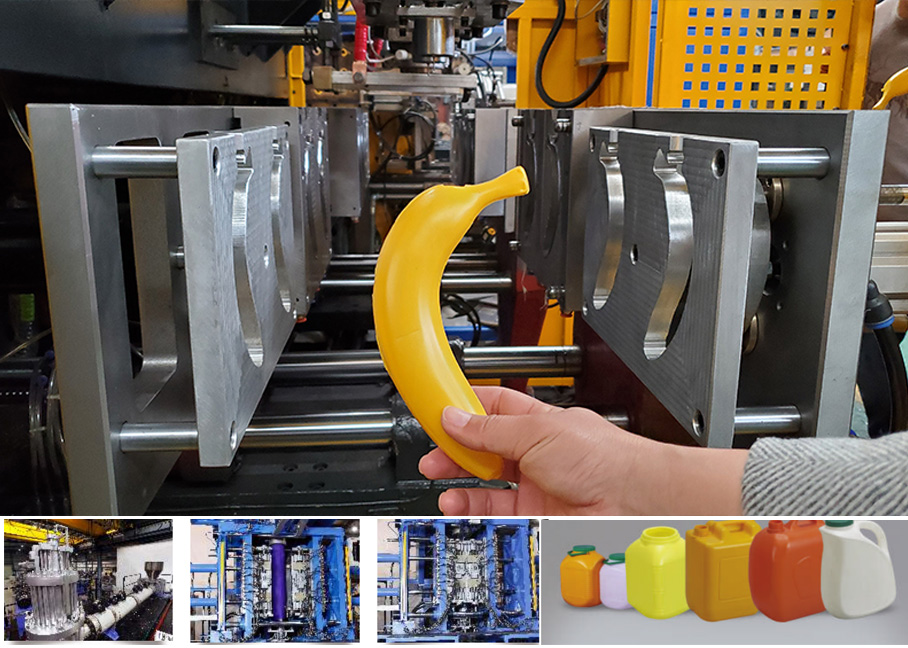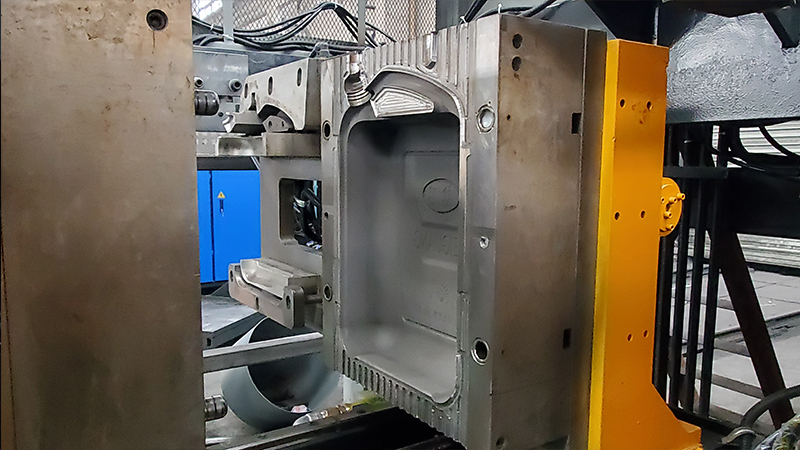
Mold temperature has a greater impact on the molding quality and molding efficiency of blow molded products. In a mold with a higher temperature, the molten rubber has better fluidity, which is beneficial for the rubber to adhere to the cavity and obtain a high-quality rubber surface, but it will make the rubber curing time longer and easy to deform when ejected. , For crystalline rubber, it is more conducive to the crystallization process, avoiding changes in the size of the rubber parts during storage and use; in a mold with a lower temperature, the molten rubber is difficult to adhere to the cavity, resulting in increased internal stress and surface Matte, causing defects such as silver streaks and weld marks.

Mold temperature control method
The mold temperature is generally controlled by adjusting the temperature of the heat transfer medium and adding heat insulation boards and heating rods. The heat transfer medium generally uses water, oil, etc., and its channel is often called a cooling water channel.
Lower mold temperature is generally achieved by passing "mechanical water" (about 20 degrees) to the front mold and "frozen water" (about 4 degrees) to the rear mold. When the passage of the heat transfer medium, that is, the cooling water passage, cannot pass through certain parts, materials with higher heat transfer efficiency (such as beryllium copper, etc.) should be used to transfer heat to the heat transfer medium, or "heat pipes" should be used for local cooling.
Raising the mold temperature is generally achieved by passing hot water and hot oil into the cooling water channel (heated by a hot water machine). When the mold temperature is high, in order to prevent heat loss due to heat conduction, a heat insulation board should be added to the mold panel.
